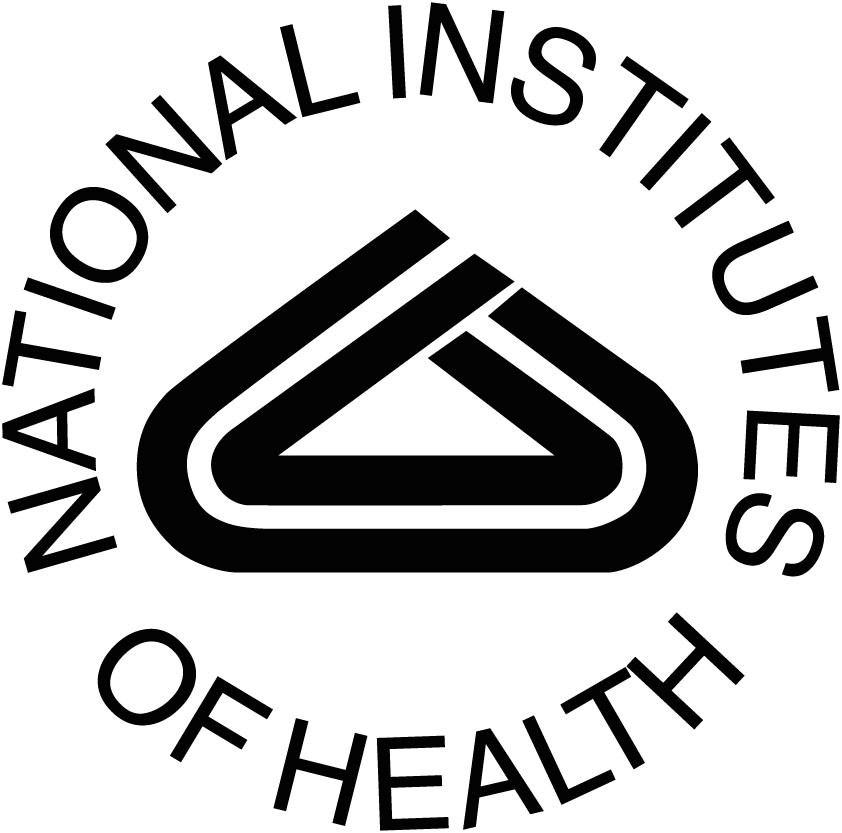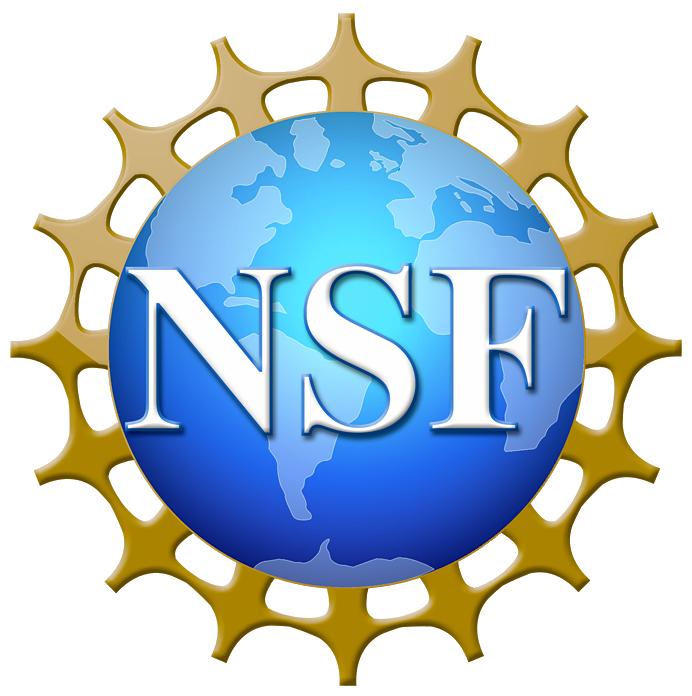Towards “Agile and Lean” Education: Learning about “Learning” from Bacteria
“We Don’t See Things As They Are, We See Them As We Are”
Rabbi Shemuel ben Nachmani, as quoted in the Talmudic tractate Berakhot (55b.) from quotation investigator…
Putting this old wisdom together with some new wisdom in “Singularity is Near” should we rethink EDUCATION?
In other words, knowledge and technology are growing at a dizzying pace. In many fields, there are more scientists working today than during the entire history of humanity and the technology keeps accelerating. Thus, we might expect to frequently reformulate our views of entire disciplines based on the increased bandwidth of discoveries, and subjective views of a discipline might not be consistent with the rapidly evolving community view. I will start with a few BASIC questions and follow-up with a proposed new solution inspired by “bacterial learning”.
1. Size of Knowledge Modules Matters: Smaller is Better?
Should we continue writing, studying and learning from 1000 page textbooks?
I have enormous respect for the brilliant scholarship and dedication needed to produce such pyramids of knowledge based on wide foundations. They are built to survive. However, most textbooks are written by single authors with their own perspective on the field… and reflecting their own learning process and understanding rather the objective view of the discipline (if there is such a thing). They do not necessarily attempt to speed-up learning but indoctrinate students with a particular world perspective. Moreover, by the time the book is written (3-10 years) the field evolves significantly (remember “singularity is near”).
I am not opposed to textbooks. One example of a knowledge pyramid that stands up above others in the field of computer science is the Art of Computer Programming by Don Knuth. There are many others pyramids in every field (e.g. Feynman Lectures on Physics) but this monumental Art of the Art stands alone in CS. I loved it. It challenges any pre-conception of what a single human mind is capable of. Nevertheless, it emphasizes certain parts of the Art and may not be the best way to learn computer science for everyone. As a result the “speed” of propagation of algorithmic ideas across disciplines is relatively slow. This is unfortunate, since Computer Science is a beautiful field and at least in my view algorithmic thinking might be as broadly applicable as calculus or algebra (that remain important of course).
Along the same vein, should we continue teaching semester long courses ?
The alternative is shorter open access plug-in modules, that can be integrated together as legos across books, presentations, videos, games, perspectives, real world examples, inter-disciplinary observations and more. This process can lead to building societies of knowledge reminiscent of the “knowledge” produced and evolved by societies of bacteria. However, we can use modern technology to search, integrate and evolve this knowledge.
2. Learning in Old (Classical), Possible (Academic) and Real Worlds.
2.1 Statistics:
My first example is from the old world of statistics and its application to science or medicine. Statistics is typically taught from the foundation, built by the brilliant mathematical prowess of people like Fisher, Kolmogorov, Pearson and others.
But this foundation is not always properly integrated into practice. Consider the recent debate about p-values , and the fact many scientists do not understand it or other simple statistical concepts. Most statistics courses or textbooks present the definition and textbook uses of a concept. Rarely do we get to see the misuses and misrepresentations. Even more rarely do we see modern thinking. For instance, the simplest way to think about assessing the probability of obtaining a result by chance (not the probability it is true or false as sometimes interpreted by scientist) is simply by exhaustively enumerating all possibilities on a computer. We do it by permutations. This brute force approach avoids making assumptions not satisfied in the real world. But permutation based analysis has become feasible only due to the advent of modern computers that can compute such permutations very quickly. This was not available to the founders of statistics.
Bottom-up teaching makes it difficult for many smart but information, math or knowledge challenged professionals that are seeking to quickly learn important concepts but rarely see or use these ideas integrated in their own “environment” as bacteria might. This is particularly true for fields such as medicine, biomedical engineering and others that are increasingly built on breadth of rapidly evolving knowledge.
The result is not optimal. In particular consider this extract from a recent article (interview with Zak Kohane).
“A related, pedagogical goal is enhancing physicians’ search and numeracy skills. “The best predictor of a doctor ordering a genetic test is knowing whether the patient asked for it,” Kohane continues—usually because that patient has searched on Google. But researchers have found that even “well-trained physicians are both uncomfortable and incompetent in interpreting these tests,” often because they lack numeracy skills. One of Kohane’s former students, Arjun Manrai ’08, asked doctors and residents at a Boston hospital a simple question: “If a test to detect a disease whose prevalence is one in a thousand has a false positive rate of 5 percent, what is the chance that a person found to have a positive result actually has the disease?” The test will yield 50 false positives in a population of 1,000, but only one patient will actually be ill—so a positive test result would mean that a patient has only about a 2 percent chance of having the disease. More than three-quarters of the respondents in the study got this wrong; the most common answer was 95 percent.”
What is the point ? We need to develop methodologies to extract, teach, modularize, simplify, exchange, search and make portable “knowledge modules” and make them quickly available to many fields and real world learning.
The problem is lack of integration and creative application of knowledge in our own environment, which bacteria do very well and we do not. Without that trial and error in the real world, we do not really learn, at least not quickly.
3. Agile and Lean Learning is Built for Dissemination and Evolution of Knowledge: A Lesson from Bacteria
I now review some basic principles of “bacterial learning” and argue they should be adopted in education. These principles incentivize the simplification, modularization, evolvability, transportability and miniaturization of knowledge leading to higher bandwidth in creativity, diversification and dissemination?
One can equate learning to evolution of knowledge. Should we learn from evolution of bacteria to evolve our knowledge in most expedient fashion rather than from “advanced” evolutionary organisms that are “stuck” with large, complex biological modules that are too complex to modify easily. Bacteria evolve by inheriting, duplicating, modifying, exchanging, combining, erasing, keeping dormant, contextually activating, trying, conditioning, genes and modules,
What makes bacteria so good at “learning”.
- Simple systems and many small conserved, partially-variable and ultra-variable exchangeable modules or even smaller motifs.
- Easy mechanisms for “recombination” of knowledge.
- Rapid mechanism for innovation via horizontal (lateral transfer) from other bacteria (interdisciplinary learning) and vertical evolution from ancestors (bottom-up learning).
- Trial and error of innovative solutions in real environments.
- Societies of distributed knowledge and their interactions with the surrounding ecology.
- Willingness to cannibalize less fit “ideas” quickly.
- Altruism and community spirit to exchange useful knowledge (genes and modules) quickly.
- Lack of central authorities (except basic chemistry).
- Learning from simpler/faster organisms (phages).
- Balancing the speed of learning and survival risk depending on the urgency of producing solutions.
In truth, viruses “learn” even faster. However, viruses are not independently living organisms and do not have the foundation to survive on their own.
These ideas are just abstractions. There are many computational or Data Science based opportunities to improve on bacterial learning, e.g., by building better tools to search for relevant knowledge. Wikipedia is just one example. Knol (by Udi Manber from Google) was another attempt.
4. Proposal: Three Tier Knowledge Systems
The software industry has been recently moving to an “Agile and Lean” mode of development.
I propose to rethink education in terms of these ideas and in particular use the paradigm of bacterial evolution as a new model for “lean and agile” education aimed to catalyze creativity, diversification, and innovation.
In our joint work with Rich Roberts and Yu Zheng we defined a three tier “learning system” for bacteria. We suggested that the bacterial gene compendium consists of three classes of genes: conserved, segmentally variable and highly variable genes. Genes and gene modules are the building blocks of microbial knowledge.
Conserved units of knowledge are highly conserved (in terms of their text = sequence) in virtually all bacteria. These units form the foundation of knowledge, allowing bacteria to survive. Segmentally variable units of knowledge consist of multi-part units, that are comprised of conserved sub-units and variable sub-units that are changing locally or being exchanged rapidly in response to the needs of being fit. Finally, highly variable units of knowledge evolve very rapidly and have few conserved parts that we can recognize (except the basic structure on which the rapid changes can take place). This organization enables bacteria to optimize the most important selective pressure in nature: diversification. Dyson Freeman stated a related idea in the context of human languages: “Just as speciation gave life freedom to experiment with diversity of form and function, the differentiation of languages gave humanity freedom to experiment with diversity of social and cultural traditions”. But the paradigm is naturally broader and applies to any form of knowledge.
We have nothing similar and widely available in the educational system that is more geared towards “conserved” knowledge and building foundations. But one must wonder whether this serves the needs of people who deliver the knowledge rather the need to match the pace of knowledge evolution and the best tools of “fitness” of the students.
The alternative is “real world, top-down, bottom-up and side-ways learning with a much wider range of alternatives for learning”.
“Doing real world projects is, I think, the best way to learn and also to engage the world and find out what the world is all about”. Ray Kurzweil.
A while back I was giving my daughter who was 12 at at time a very hard time about discipline or something, either in sports or school. I used the quote “What does not kill you will make you stronger”. She was getting increasingly frustrated with my style of “teaching” and finally stepped as hard as she could on my toe. I was a bit shocked and asked her, why did you do that. She said “I just made you stronger”. Not a lesson one can learn from a big textbook.
I will not continue expanding on this because I risk ‘seeing things the way I see them instead of the way they are”. I am a genomic system biology scientist and know about education only from my experience as a professor and a parent. Hope smarter and more knowledgeable educational folks take notice and make sense out of this rambling.
Supplement:
Few examples of immersive learning… I will keep collecting and posting. Please send me email if you want to be listed here.
Small World Initiative by Jo Handelsman.
COMBREX (Computational Bridges to Experiments) by Simon Kasif, Martin Steffen and Richard Roberts (simple introduction,
Undergraduate Robotics Education
NIH Undergraduate Biomedical Competition
Data Science Tools I have used for Systems Biology of Human Disease
Translational medicine in your “garage”




